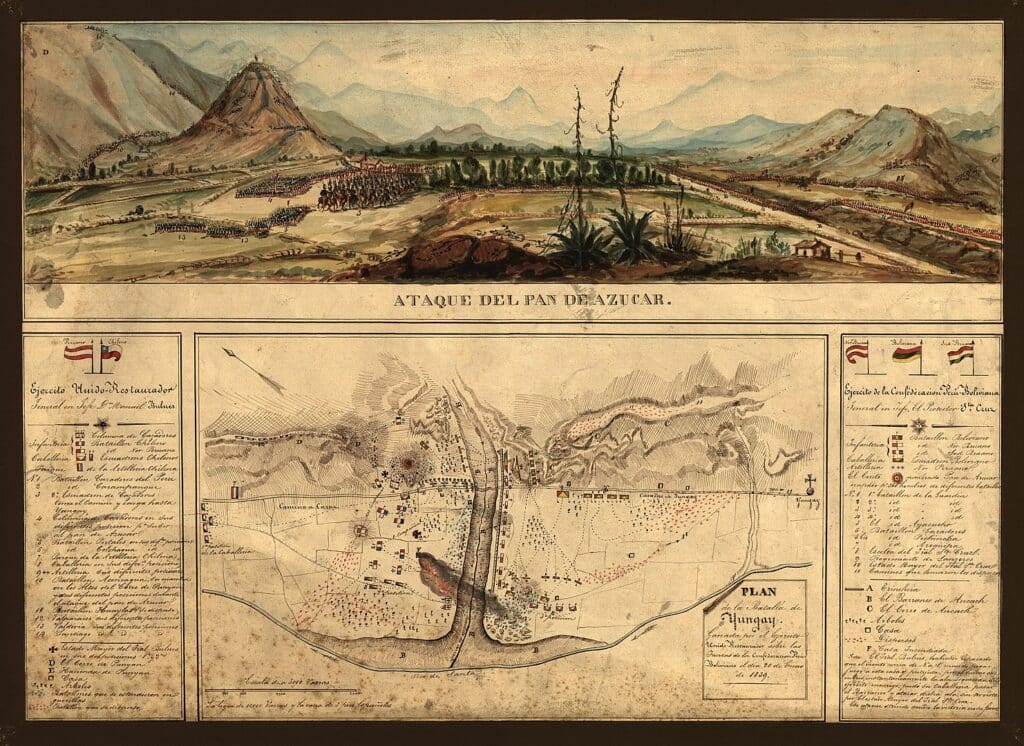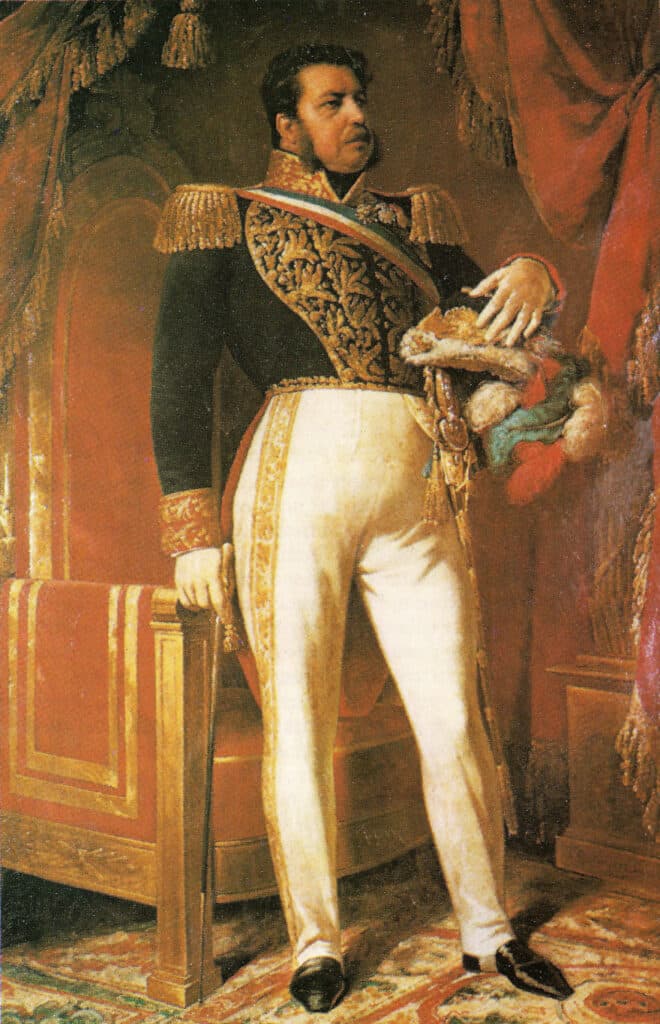This Week in History recalls memorable and decisive events and personalities of the past.
20th January 1839 – In the Battle of Yungay, Chile defeats an alliance between Peru and Bolivia

When the Spanish colonies of South America, led by Simón Bolívar, revolted against Spanish rule, many of the rebels, including Bolívar, hoped that the colonies could be united into a new super country like that of the recently created United States of America.
However, despite Bolívar being made the first president of the newly born country of Bolívar, named after him, the first president of Gran Colombia and the 6th president of Peru, these dreams of unity among South American nations did not bear fruit.

Infighting and squabbling within and among the various colonies flared up as soon as the Spanish had been ejected from the continent. Competition for people, trade and resources soon saw the many of the former colonies at each other’s throats.
Yet, the dream of a united South America was not entirely dead: in 1836, Peru and Bolivia merged to form the confederation of Peru–Bolivia. This followed a period of intense unrest in Bolivia, and an invasion by Gran Colombia, which allowed Peru in turn to invade and elevate someone friendly to them as the new president of Bolivia.
The new confederation shifted the politics of the region almost instantly. The other South American nations, particularly Argentina and Chile, were alarmed at the new power which threatened to dominate both of them.
Conflict began almost immediately when a tariff agreement between Chile and Bolivia was scrapped when the confederation was formed.
Shortly thereafter, in July 1836, the confederation supported a Chilean general who had been exiled from Chile after the 1829-1830 Chile civil war in launching an invasion of Chile. This attack was repulsed. In turn, the Chileans immediately invaded confederate territory.

Peruvians who were opposed to the confederation had flocked to Chile in the aftermath of the confederation’s formation and now joined with the Chileans against Peru. A few months later, in May 1837, Argentina joined Chile’s side due to confederate interference in their internal affairs.
Fighting continued throughout 1837 and into 1838. The Chileans captured the Peruvian capital of Lima on August 21, 1838, but had soon to withdraw in the face of a large Bolivian army.
The fighting would come to a head at the town of Yungay in Peru, where the confederate army of 6 000, faced a Chilean and Peruvian exile force of 5 400 on 20 January 1839. The confederates led by supreme protector of the confederation Andrés de Santa Cruz, sought to decisively crush the invading force.

After a fierce fight, a cavalry charge by the Chileans smashed the left flank of the confederate army and soon after caused the entire confederate army to rout.
Soon after, the Chileans re-occupied Lima and restored an independent Peru. The confederation was no more.
If you like what you have just read, support the Daily Friend

